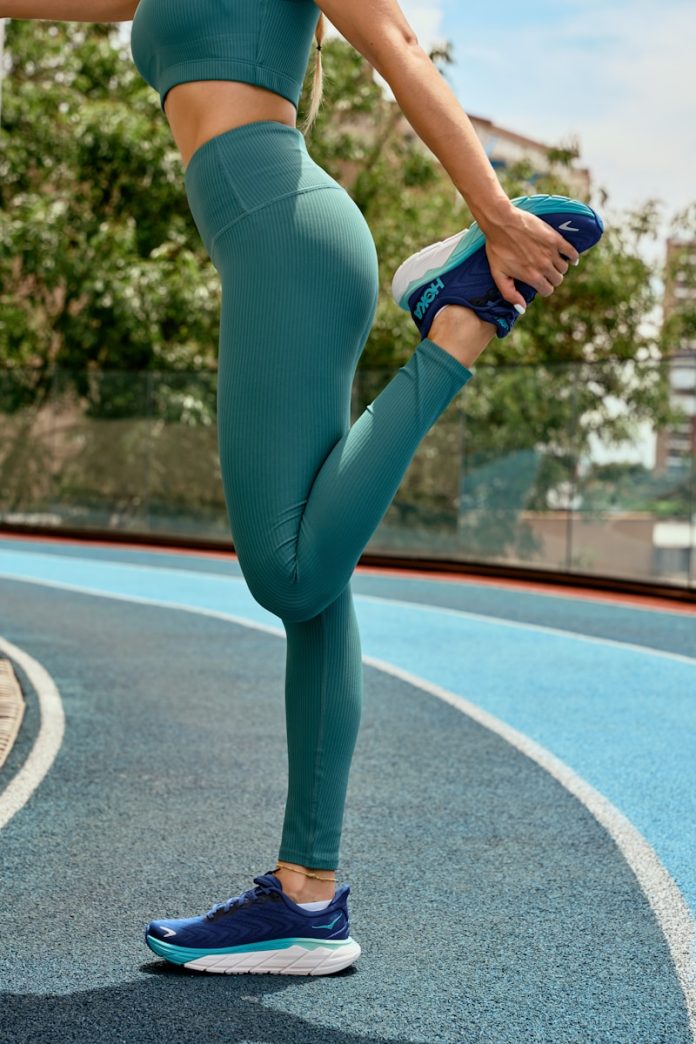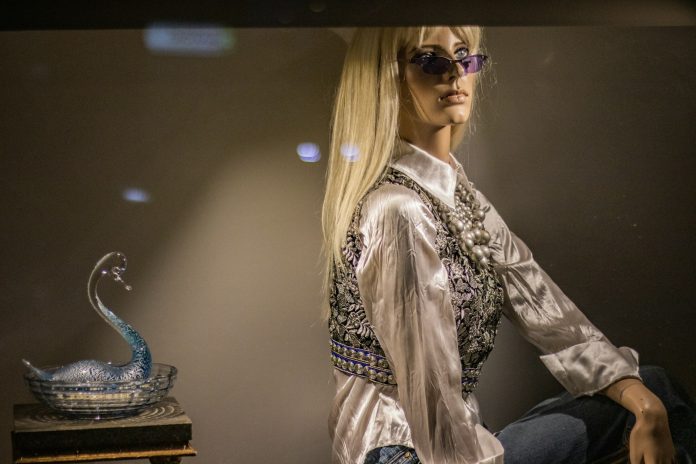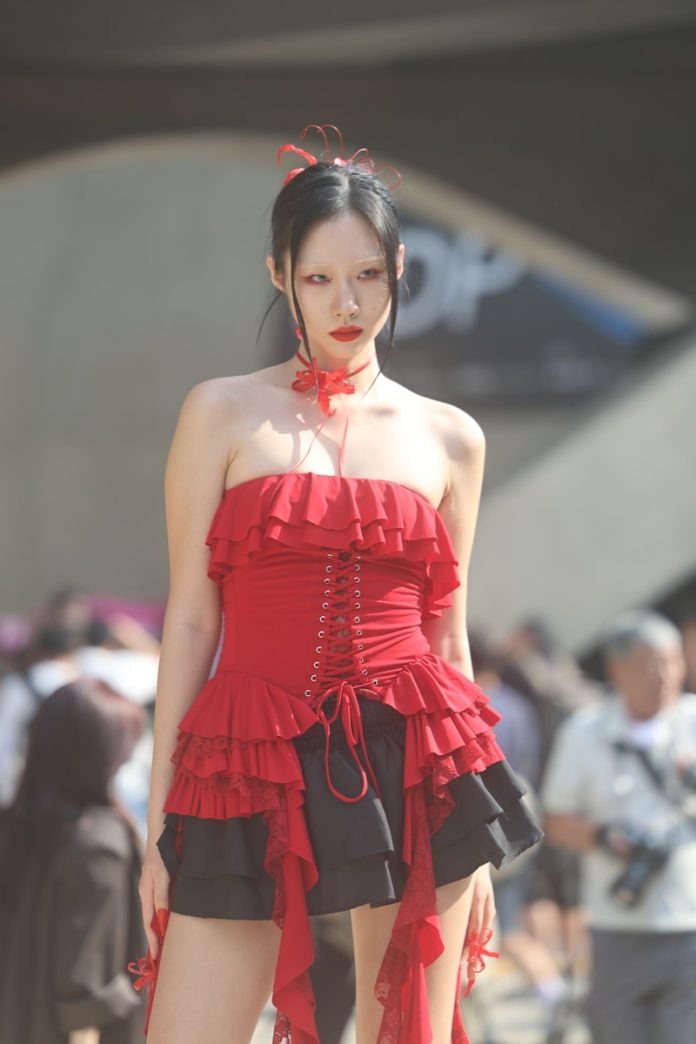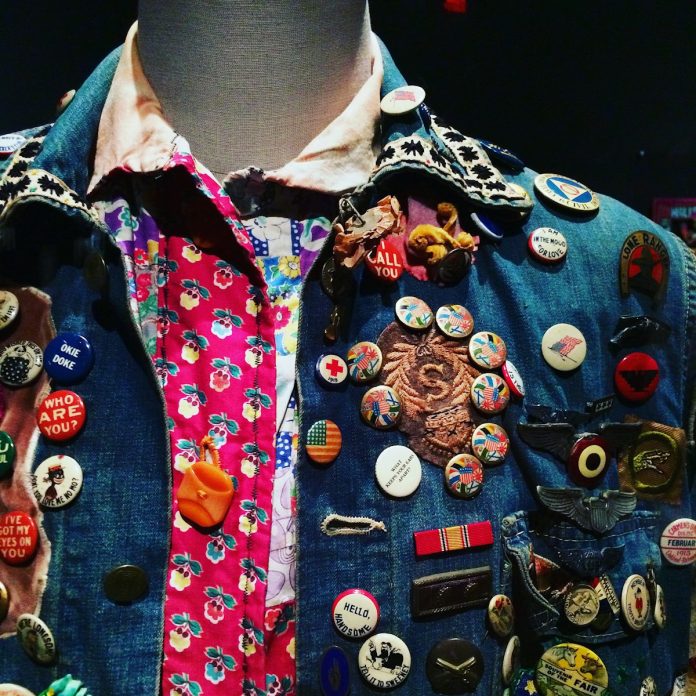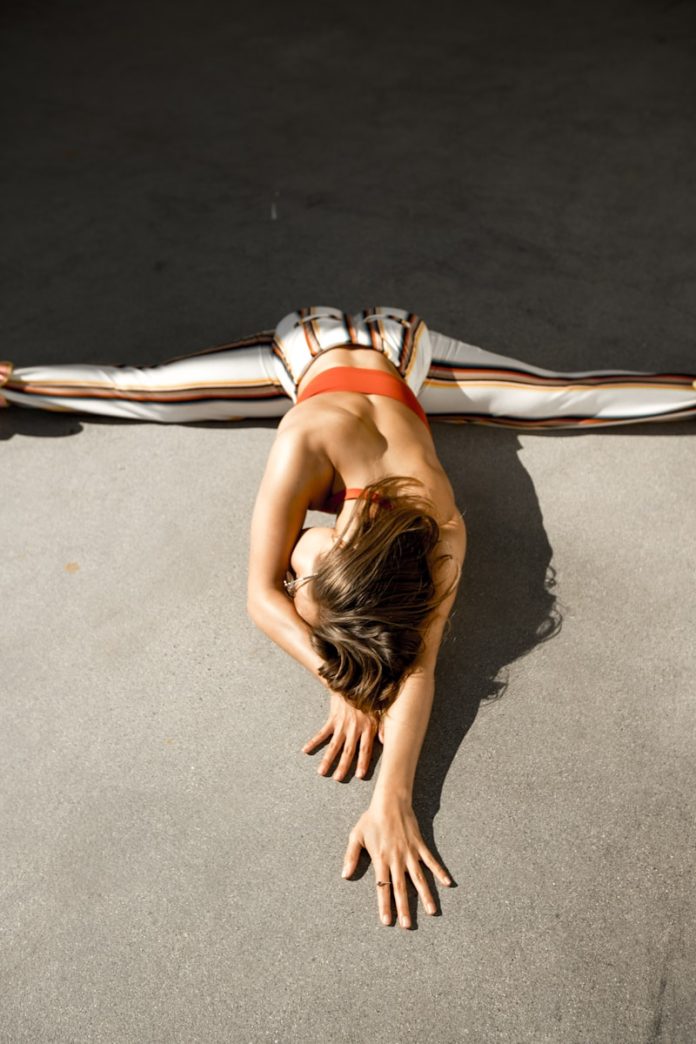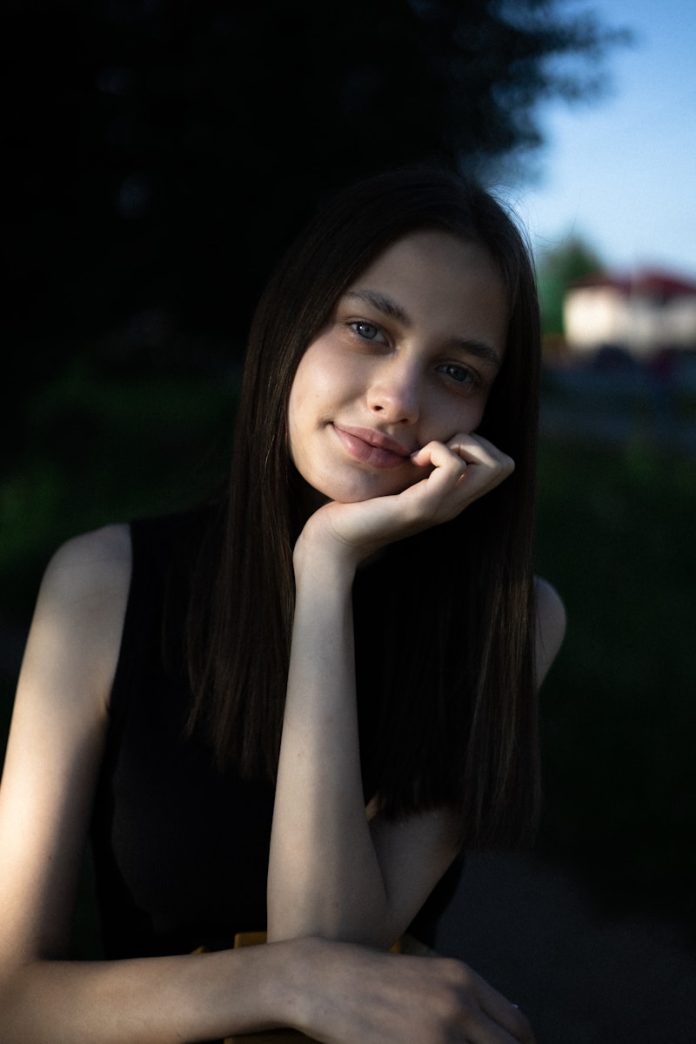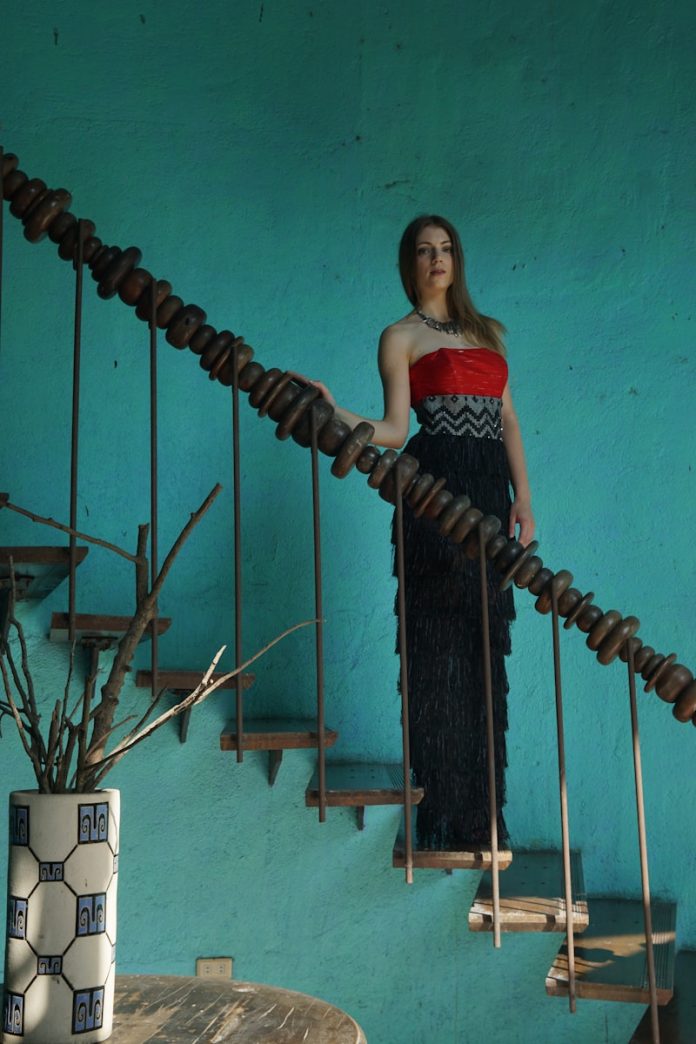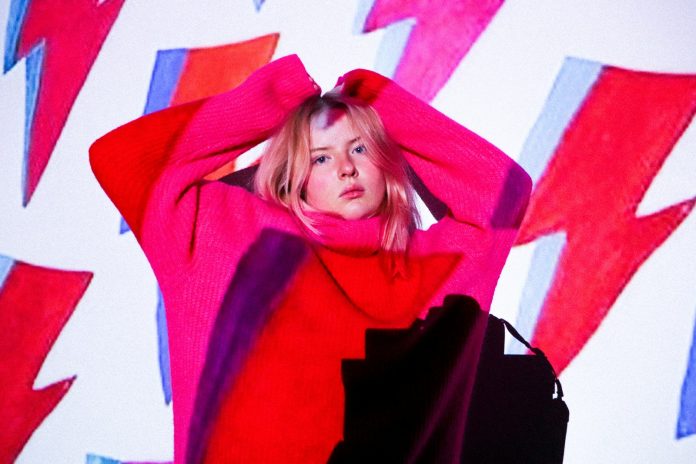In a world overflowing with noise—visual, digital, social—the idea of “less is more” has taken on a new kind of power. Amidst the kaleidoscope of fast fashion trends, maximalist aesthetics, and a revolving door of styles, Minimal Fit emerges not as a retreat, but as a rebellion. Defined by clean lines, muted tones, precise tailoring, and a sharp sense of intention, minimal fashion is far from boring. In fact, it’s quietly radical.
This essay explores the evolution, psychology, and cultural relevance of the Minimal Fit aesthetic—how clean lines can deliver maximum impact, and why simplicity in clothing might be the boldest move in today’s hyper-stimulated fashion landscape.
The Essence of Minimal Fit: More Than Just Simple
Minimal fashion is not just about wearing fewer colors or cutting down your wardrobe—it’s a style philosophy grounded in clarity, intentionality, and confidence. The term “Minimal Fit” refers to clothing that is deliberately stripped of excess but rich in construction, form, and silhouette. Think monochrome palettes, sharp tailoring, breathable materials, and perfect proportions.
These are clothes that whisper rather than shout—but still command the room.
Minimalism in fashion is not synonymous with plainness. Instead, it’s about the strategic removal of unnecessary detail to highlight structure, form, and function. A crisply cut blazer in bone white. A perfectly draped black midi dress. A simple turtleneck paired with tailored trousers. These are not “basic” outfits—they’re refined compositions where every seam matters.
Minimal Fit style hinges on these core principles:
Precision over excess
Quality over quantity
Functionality over trend
In stripping away the noise, minimal fashion allows the individual—not the outfit—to shine.
A Brief History of Minimalism in Fashion
Minimalism is not a recent phenomenon. Its roots reach back to early 20th-century modernist art movements like Bauhaus, which celebrated simplicity, structure, and form. But it truly found a voice in fashion in the mid-20th century, led by visionaries like Coco Chanel, who revolutionized women’s fashion with unadorned silhouettes, and Cristóbal Balenciaga, who mastered architectural purity.
In the 1990s, minimalism became a cultural and fashion movement. Designers like Jil Sander, Calvin Klein, and Helmut Lang redefined luxury as quiet and cerebral, rather than glittery and loud. Their collections stripped away extravagance in favor of sleekness and austerity—an aesthetic now experiencing a resurgence in today’s age of overstimulation.
In modern fashion, minimalism has evolved to blend the old with the new: neutral palettes are now matched with technical fabrics; classic tailoring meets gender-fluid cuts; and simplicity is paired with sustainability.
The Psychological Power of Clean Lines
There is a psychological element to minimal dressing that explains its increasing allure. Clean lines evoke order, calm, and balance—things many crave in an era of information overload and constant chaos. Minimal outfits can create an immediate impression of clarity and control. The wearer appears composed, self-assured, and purposeful.
In fact, studies on enclothed cognition—the theory that clothing affects behavior and performance—suggest that minimal clothing choices may enhance focus and confidence. Unlike statement fashion that demands attention, minimalism allows the wearer to move through life with intention and ease, unburdened by the weight of trends or flashiness.
A crisp white shirt and high-waisted black trousers don’t distract—they direct. That’s their power.
Minimal Fit and Sustainability: A Natural Partnership
Minimal fashion isn’t just a style choice; it’s increasingly a sustainability statement. In a fashion industry that produces over 100 billion garments annually—many of which end up in landfills—minimalism offers a more conscious alternative.
The ethos of Minimal Fit naturally promotes:
Capsule wardrobes: where fewer, better items form the foundation of versatile styling.
Slow fashion: a preference for enduring quality over seasonal churn.
Mindful consumption: buying with purpose rather than impulse.
Minimal wardrobes focus on timeless designs, making each piece wearable for years. This approach reduces waste and emphasizes craftsmanship. One well-tailored black coat, worn through every winter, offers far more value—both ethical and stylistic—than ten trendy jackets that fade with fashion week.
Minimal fashion, by encouraging investment pieces, aligns perfectly with the values of eco-conscious consumers. It’s not just elegant—it’s responsible.
From Runway to Sidewalk: The Universality of the Minimal Fit
One of the beauties of the Minimal Fit aesthetic is its universality. Clean lines and neutral tones transcend age, gender, body shape, and cultural background. Unlike more exclusive or niche aesthetics, minimal fashion adapts itself to the wearer, not the other way around.
On fashion runways, we see minimalist collections from houses like The Row, Lemaire, and COS that blend haute craftsmanship with everyday wearability. But the same principles live in street style: a neutral-toned hijab styled with a longline blazer, or an oversized linen shirt tucked into loose beige trousers on a city commuter.
Minimal fashion doesn’t discriminate. It molds itself to context, making it accessible yet elevated. It’s the foundation upon which personal flair can build—a blank canvas with infinite potential.
Gender Fluidity and the Rise of Neutral Silhouettes
In recent years, Minimal Fit fashion has found new relevance in the conversation around gender-neutral style. As society moves toward greater inclusivity, the rigid gender binaries of fashion are breaking down—and minimal design leads this shift.
Minimal silhouettes—boxy jackets, wide-leg trousers, unembellished shirting—offer structure without forcing conformity. These garments don’t declare gender; they allow it to flow freely.
Designers like Phoebe Philo (formerly of Céline) and Grace Wales Bonner have emphasized this fluid elegance, creating pieces that resist categorization. Minimal fashion offers freedom—it invites expression without prescription.
Minimal Doesn’t Mean Monotone: Styling with Impact
Despite its muted aesthetic, minimal fashion leaves plenty of room for individual creativity. Color, texture, and form all become powerful tools in the hands of a minimalist.
Color: A head-to-toe neutral outfit can be elevated by a single statement color—like a cobalt scarf or oxblood boots.
Texture: Pairing a structured cotton shirt with a ribbed knit skirt or a smooth leather jacket with raw denim creates subtle contrast.
Silhouette: Playing with oversized versus tailored proportions creates depth, even in monochrome outfits.
Minimal style is like poetry—every detail counts. A single fold, tuck, or lapel shift can change the whole vibe. It demands more thought than throwing on patterns—it rewards the wearer with timeless sophistication.
Digital Aesthetics and the Rise of “Clean Girl” Minimalism
Social media has ushered in a new wave of minimal fashion appreciation, particularly through aesthetics like “clean girl,” “Scandi chic,” and “quiet luxury.” Influencers showcase glowing skin, slick buns, gold hoops, and white tank tops paired with beige linen pants—a visual mood that embodies effortless elegance.
While sometimes criticized for being exclusionary or homogenous, the popularity of these aesthetics signals a larger craving for order and simplicity in the digital age. Amid the carousel of trends, the minimalist look offers clarity. It’s “anti-hype,” but ironically, it’s become one of the most hyped looks.
The takeaway? People are gravitating toward style that soothes rather than overwhelms.
Final Thoughts: The Boldness of Restraint
Minimal Fit is not an absence of style—it’s the essence of style. It celebrates restraint as a form of strength, and simplicity as an avenue to deeper creativity. While maximalism asks “How much can I add?”, minimalism asks, “What can I take away—and still make a statement?”
In a cultural moment defined by noise, distraction, and constant change, minimal fashion offers peace. It offers longevity. It offers the chance to curate not just a wardrobe, but a lifestyle of elegance, clarity, and confidence.
The next time you stand in front of your closet, consider this: what if the most powerful look isn’t the one that screams—but the one that speaks? With clean lines and maximum impact, the Minimal Fit is the future of fashion in its most timeless form.

